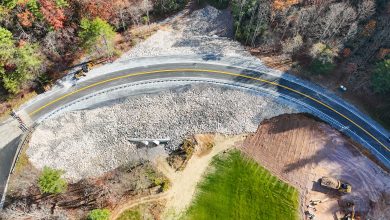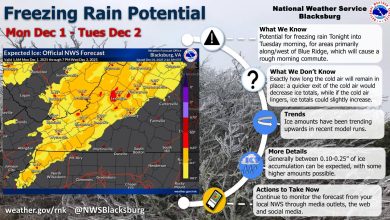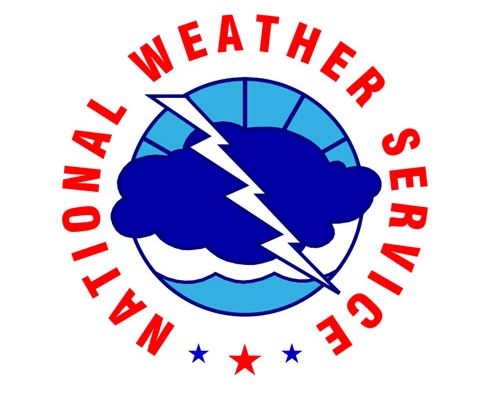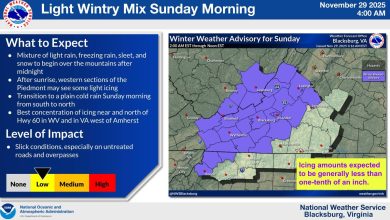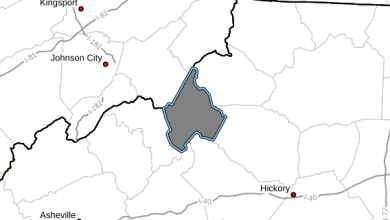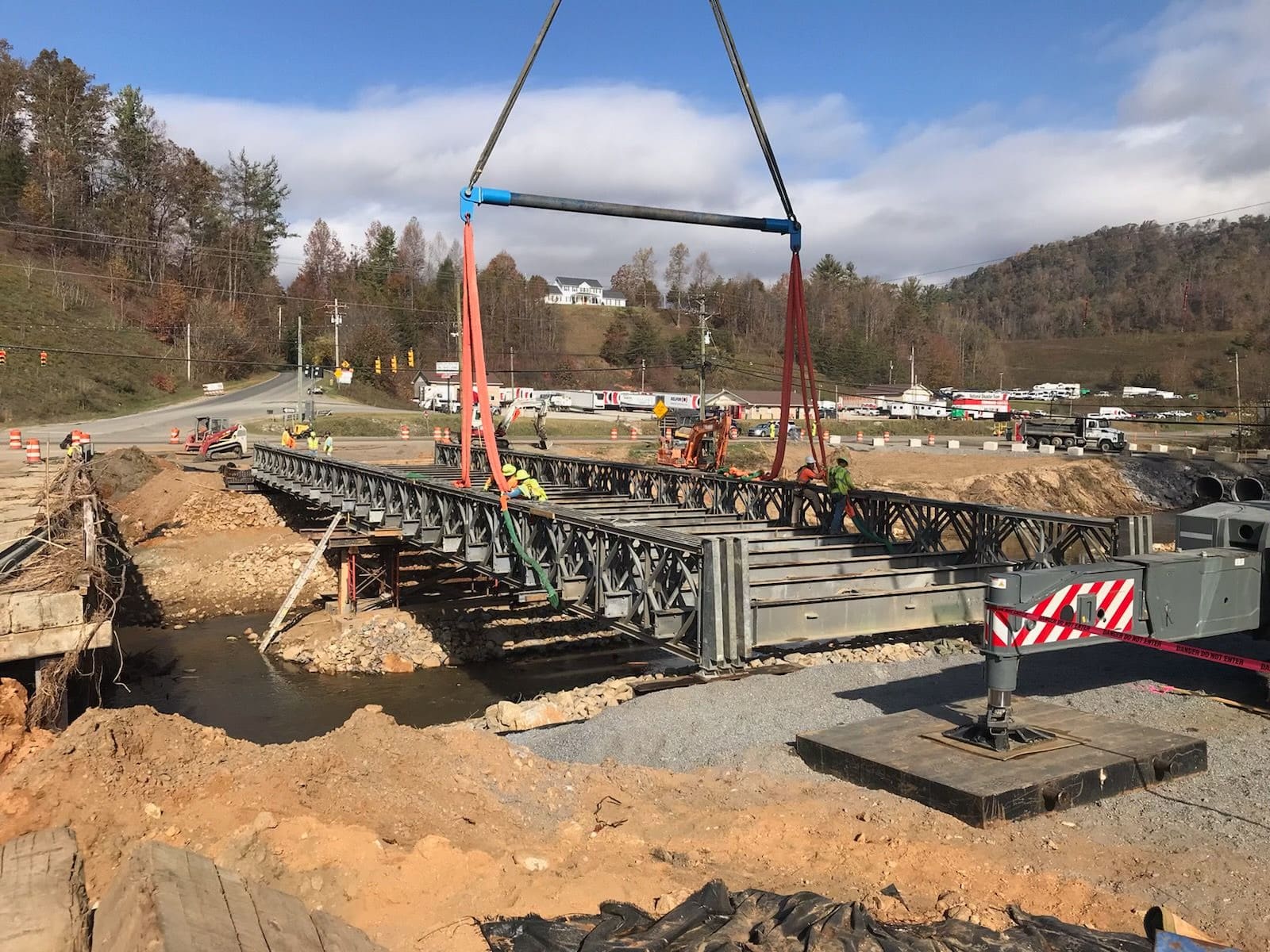
Last Updated on March 27, 2025 6:06 pm
RALEIGH – In the five weeks since Hurricane Helene devastated Western North Carolina, 1,005 roads have been reopened, hundreds more are being repaired, temporary bridges are being constructed, roadside debris sites are being cleaned, and contracts are being drafted for long-range repairs.
“Significant progress is being made because of the teamwork and long hours being put in by so many different organizations and individuals across North Carolina and beyond,” said Joey Hopkins, secretary of the N.C. Department of Transportation. “Restoring Western North Carolina will take a long time, but we’re grateful for all our partners who are helping get the region back on its feet.”
The N.C. Department of Transportation still has more than 2,100 employees dedicated to the recovery effort and is regularly rotating in employees from central and eastern North Carolina to help. But state transportation officials say partnerships with municipalities and counties, utilities, businesses, the military and other states have been critical to the response.
Help from other states
Florida and Kentucky transportation agencies have sent crews, materials and equipment to North Carolina. Kentucky has had as many as 128 personnel assisting, and Florida responded just after Helene struck Sept. 26-27 by bringing temporary bridge materials to Western North Carolina.
Those Florida crews returned home earlier this month to help with their state’s response to Hurricane Milton. NCDOT used the bridge materials from Florida earlier this week to install a temporary bridge so large trucks can more easily access Baxter Healthcare Corp.’s McDowell County plant that produces 60% of the nation’s supply of IV fluid. Another temporary structure had been installed not long after the storm, but the bridge installed this week will provide trucks with better access to and from the facility.
“This was a critical need for that community as well as patients and the medical community across the country,” Hopkins said.
NCDOT has also been working closely with Tennessee on ways to restore the Interstate 40 corridor near the state line.
Earlier this month, NCDOT awarded an $8.5 million contract to Wright Brothers Construction to stabilize the westbound lanes of I-40 in the Pigeon River Gorge. Contract crews are installing soil-nail walls on several thousand feet of the interstate damaged by the flooded river. The operation includes inserting long rods into bedrock below the road, filling those with grout so the rods adhere to the rock, and spraying concrete on the cut face to hold the rods in place and create a wall.
This week, NCDOT selected Ames Construction as the contractor for the permanent repair of I-40 in the Pigeon River Gorge. The interstate is closed, and it is uncertain when it will reopen.
NCDOT staff are also grateful to the National Guard for helping with repairs and the state transportation agencies that have offered support from Alabama, Arkansas, Colorado, Connecticut, Mississippi, South Carolina, Vermont, Virginia and West Virginia.
Businesses needed for the short- and long-term recovery
NCDOT has let dozens of emergency contracts to businesses to repair and reconstruct flood- and debris-damaged roads, repair shoulders and install temporary bridges. The agency is also drafting long-range contracts for more involved repairs. The agency has prioritized work on interstates, state and federal highways, and the restoration of smaller roads vital to accessing communities.
As of Friday morning, 1,005 roads had been reopened since the recovery effort began, according to the agency’s online dashboard. Numerous roads vital to the region’s economy have been reopened, including many primary routes and secondary roads like those used to access Christmas tree farms in Avery County.
Still, much work remains as NCDOT and its partners work to clear and assess roads that will need to be rebuilt.
As of Friday morning, there were 301 road closures and 52 of those were primary routes, 103 roads had partial access and 26 were closed to trucks. NCDOT has identified more than 8,100 damage sites to roads, bridges and culverts.
The agency expects at least 140 bridges will require replacement, and that number could climb as crews are sometimes finding significant damage as debris is removed.
Recovery will take a long time.
So NCDOT has been beefing up its efforts to secure help from more businesses with wide-ranging expertise in areas such as road and bridge design, construction, paving, traffic control and debris removal. The agency has hosted workshops aimed at educating businesses on the types of recovery work available and how businesses can meet the requirements to bid on state transportation contracts. Nearly 300 people participated in either the webinar hosted by NCDOT Oct. 22 or the six, in-person workshops held Oct. 29-30 at the NCDOT’s offices in Asheville.
Utilities
Throughout Western North Carolina, NCDOT crews worked to reopen roads and create paths for utility workers to restore power, including a site in Bakersville. More than 1 million people were without electricity at the height of the response. Today, there are about 1,500 homes, businesses and facilities without power in the region.
Helping with Evacuations, Coordinating Air Drops, Damage Assessments and Removing Debris
In Helene’s initial aftermath, staff in NCDOT’s Integrated Mobility Division, which covers public transit and bicycle and pedestrian transportation, assisted 28 public transportation and emergency management agencies with over 2,000 evacuations, and the delivery of supplies and hot meals to displaced residents.
For several weeks after the storm, NCDOT crews and contractors worked day and night to cut and shove trees and other debris so roads could be reopened and damage assessed.
In the many sites inaccessible to cars and trucks, however, aircraft have played an important role in deploying food, water and emergency supplies and assessing damage. NCDOT Aviation and Photogrammetry staff worked with the National Guard, the Civil Air Patrol and numerous airports to safely coordinate air traffic so much-needed supplies could be brought to people in need.
Staff in the state agency also worked with their aviation partners to gather aerial imagery that helped inform the first few weeks of the recovery effort.
As of Friday, NCDOT’s Aviation staff have helped coordinate 266 drone flights, seven flights of the Civil Air Patrol and 12 missions from the agency’s Photogrammetry unit. During its flights, the Photogrammetry unit has gathered aerial images covering 1.6 million acres of the damage in Western North Carolina.
“Working together, we were able to coordinate a massive aerial effort the likes of which Western North Carolina had never seen,” said Becca Gallas, director of the N.C. Division of Aviation. “All the missions flown by drones, helicopters and fixed-wing aircraft really helped crews on the ground better understand the scope and nature of the damage so we could get help to the people that needed it most.”
Debris cleanup efforts, too, are being powered by partnerships.
NCDOT has frequently worked with its contractors to remove roadside debris after major storms. After Helene, however, many counties and municipalities jumped in to help with this effort. To date, 29 municipalities and counties have signed agreements with NCDOT to collect roadside debris on state-maintained roads.
“We’re grateful to our counties and municipal partners who really stepped up and agreed to remove this debris,” said Mark Gibbs, NCDOT’s deputy chief engineer for Western North Carolina. “This is another great example of how NCDOT is partnering with our counties and municipalities to expedite the recovery process.”
For real-time travel information, visit DriveNC.gov or follow NCDOT on social media.










